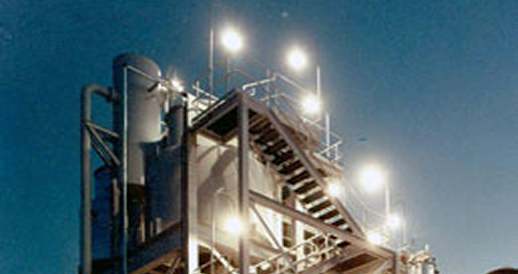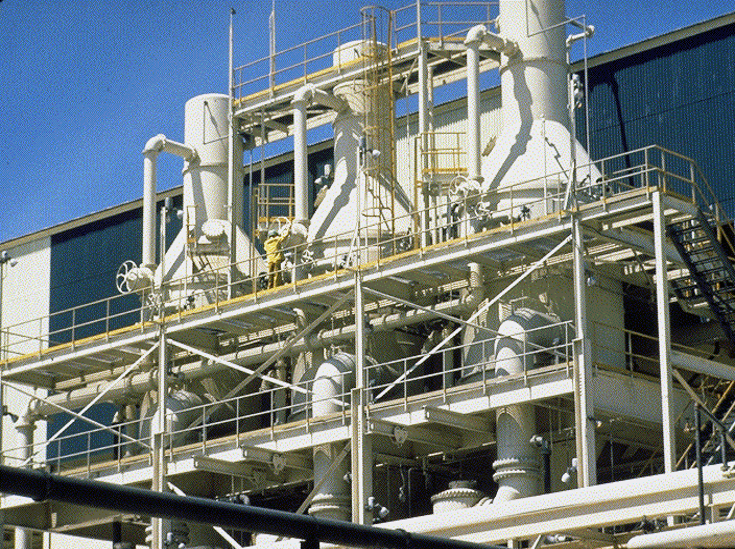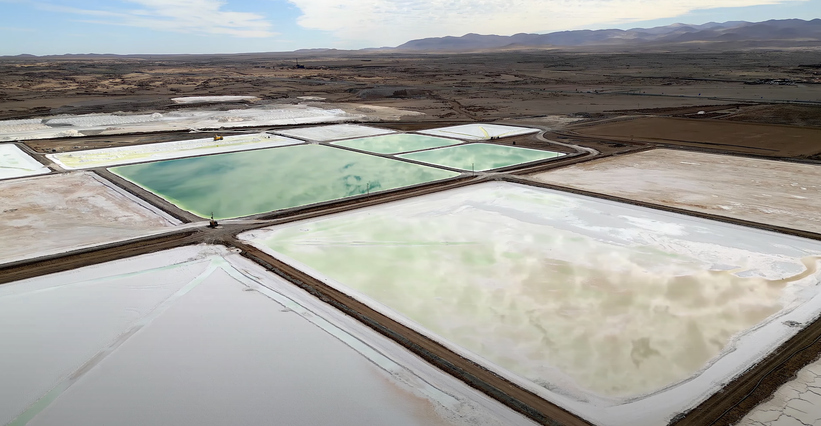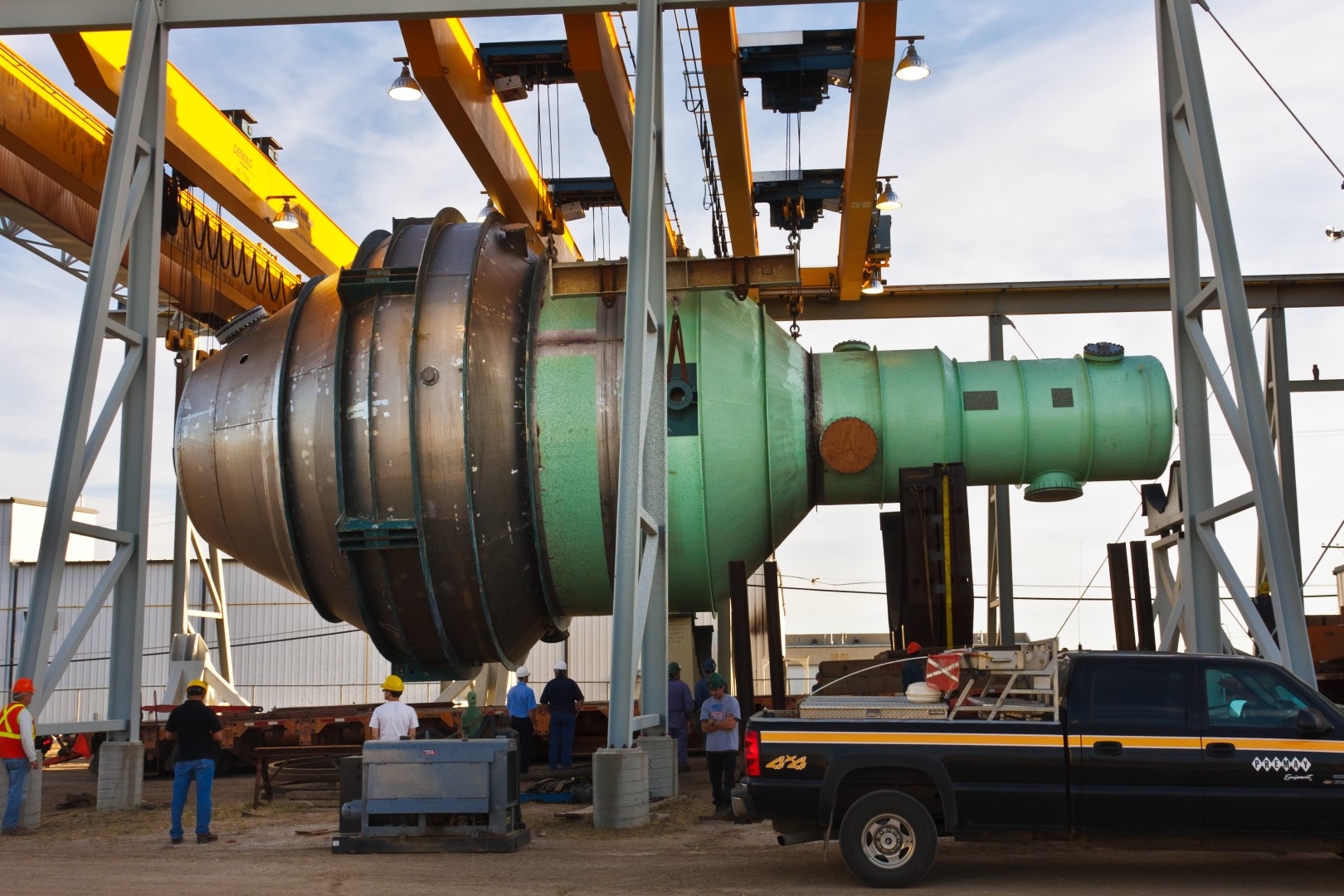Key ESG Issues
Water and Environmental, Social, and Governance (ESG) concerns are now at the forefront of lithium development projects. Regulators, investors, and communities want more than assurances of supply—they want to know that lithium is being produced in ways that align with global sustainability goals.
In practice, this means developers must address:
- Water stewardship: demonstrating how much water is used, recycled, or lost during refining.
- Community engagement: showing how operations impact local populations and ecosystems.
- Climate and energy footprint: quantifying the emissions and energy intensity of refining routes.
- Governance and reporting: aligning with recognized sustainability frameworks.
Technology providers, such as our teams at Whiting Equipment Canada Inc. and its licensee, Swenson Technology, play an enabling role here. Our evaporation and crystallization systems are designed for efficiency, maximizing the recovery of high-purity lithium while minimizing waste per ton of output. This efficiency directly reduces the environmental burden per unit of lithium produced.
Water Balance
Water balance calculations have become a central regulatory tool. Agencies in South America’s lithium triangle, for example, increasingly require brine operators to model inputs and outputs, not only for the process itself but also for aquifer interactions.
In high-salinity brine projects, water use extends beyond extraction and includes the treatment of brine. Cooling circuits, scaling control, and impurity removal steps all depend on sophisticated water management. Swenson’s pilot testing approach, which identifies fouling and scaling tendencies, is a critical part of ensuring that water systems remain reliable over long campaign cycles.
For hard-rock lithium projects, water balance focuses on ore processing and refining, where evaporation and crystallization stages must be carefully managed to avoid excess discharge or energy-intensive rework. Regulators will often ask, ‘What percentage of water is recycled?‘ What is discharged? How are brines concentrated and reused?
Community & Permitting
The “social license to operate” is no longer optional. Communities surrounding lithium brine projects—particularly in Chile, Argentina, and Bolivia—expect active consultation and engagement. Water access is often a flashpoint. Farmers, indigenous groups, and regional authorities all want assurances that brine pumping will not deplete freshwater resources.
Permitting agencies reflect these concerns in their conditions. For example, operators may be required to monitor groundwater drawdown, track surface water salinity, and publicly report results. Delays in permitting often stem not from technical hurdles, but from questions of trust and transparency with local stakeholders.
Here, efficient refining systems help reduce the footprint’s scale. By recovering more lithium per unit of brine and minimizing waste, the overall volume of material handled—and therefore the water risk—is reduced.

Mitigation Options
Mitigation strategies fall into both technical and social categories:
- Technical measures: Advanced crystallization trains can improve recovery, reducing the total volume of brine processed. Anti-scaling design reduces the need for repeated water flushing. Inline monitoring enables operators to respond promptly if water quality or impurity levels deviate from established limits.
- Social measures: Transparent reporting, joint water monitoring with local communities, and early engagement during the planning phase can build credibility.
- Process efficiency: As both our Whiting and Swenson teams emphasize, maximizing recovery and improving process efficiency not only reduces costs but also lowers the overall environmental burden.
Reporting Frameworks
Global regulators and investors increasingly expect compliance with recognized ESG reporting frameworks. For lithium projects, three are critical:
- Global Reporting Initiative (GRI): widely used for environmental and social performance disclosures.
- SASB (Sustainability Accounting Standards Board): provides industry-specific metrics relevant to critical minerals and energy transition supply chains.
- Task Force on Climate-Related Financial Disclosures (TCFD): increasingly applied by investors to assess water and climate risks in project finance.
Companies adopting these frameworks gain credibility in capital markets. Demonstrating that water balance, community consultation, and environmental impacts are actively managed is no longer just a compliance matter—it’s an investor requirement.
Examples & Precedents
- Chile’s Atacama Region: Regulators are moving toward requiring brine producers to cap extraction rates and publish detailed water balance studies to protect fragile salt-flat ecosystems.
- Argentina’s Salta and Jujuy Provinces: Permitting is increasingly involving indigenous consultation and proof that projects will not compromise regional water rights.
- European Union: New battery regulations mandate ESG disclosures across the supply chain, including water use in raw material refining.
Each of these examples points to the same conclusion: water is the defining ESG issue for lithium. Projects that can demonstrate efficiency, transparency, and responsible management have a strategic advantage.
Conclusion
Water and ESG are no longer peripheral issues in lithium—they’re central to permitting, investment, and community trust. Whiting Equipment Canada and Swenson Technology support lithium producers with engineered crystallization and evaporation systems that maximize efficiency and minimize water risk. Contact our team to explore how advanced process design can help your project meet both production and ESG targets.
Frequently Asked Questions
Why is water such a sensitive issue in lithium projects?
Because many lithium brine operations are located in arid regions where communities and ecosystems already face water scarcity, regulators are demanding detailed proof that these operations will not exacerbate this issue.
How do refining technologies reduce ESG risks?
Efficient crystallization and evaporation systems maximize lithium recovery and minimize waste streams, thereby reducing water consumption per ton of product.
What frameworks matter most for ESG reporting?
GRI, SASB, and TCFD are the leading frameworks, often expected by regulators and investors alike.
How can companies address community concerns?
By engaging early, sharing monitoring data openly, and designing operations that minimize water impacts.











